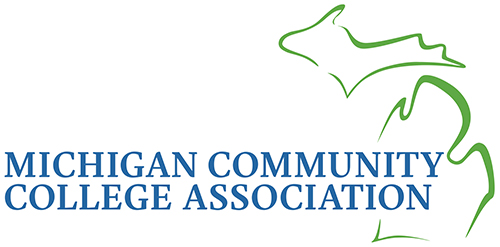How a Detroit pastor got involved in a citywide effort to reduce chronic absenteeism
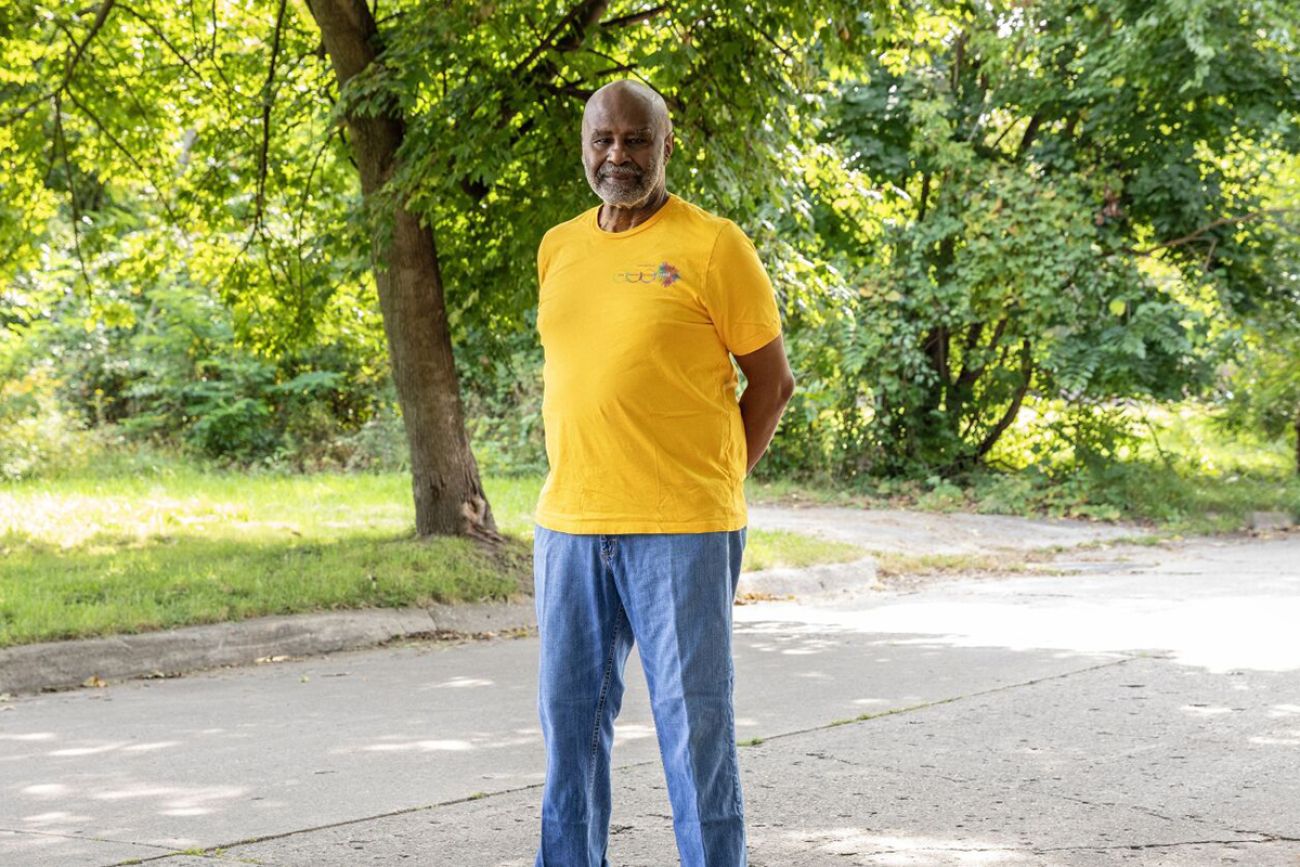
Larry Simmons was troubled by what he saw outside the Detroit church where he was a pastor: School-age children were strolling the streets of the city’s Brightmoor neighborhood at times when they should have been in school.
That was over a decade ago, and it opened Simmons’ eyes to a problem that was already massive in Detroit: the epidemic of student absenteeism. In the 2012-13 school year, 68 percent of students in the Detroit school district were flagged as chronically absent, which at the time meant that they missed 10 or more days in a year.
The sight of youth skipping school was “heartbreaking” for the longtime pastor and community advocate, who saw the pattern of absences as a barrier to greater social and economic mobility for Black Detroiters.
Simmons had already been a familiar figure in Brightmoor and Detroit, having served as a political director for Detroit’s first Black mayor, Coleman A. Young, and a pastor of Baber Memorial A.M.E. Church.
Related:
- Michigan lawmakers consider making universal free school meals permanent
- Michigan lawmakers consider requiring panic alarms in schools
- To help Michigan teacher shortage, lawmakers may ease retirement rules
But in the next decade, Simmons made encouraging school attendance one of his biggest priorities. He became a founding member of Every School Day Counts Detroit, a coalition of community organizations and schools across the city focused on chronic absenteeism. His work has allowed him to become heavily involved in the attendance efforts at Gompers Elementary-Middle School and other schools in the Brightmoor and Cody Rouge areas.
He retired from Baber last fall but still leads Brightmoor Alliance, a nonprofit that focuses on revitalization efforts in the neighborhood.
Years after the initial encounter outside his church, student absenteeism remains at crisis levels, and not just in Detroit. Since the COVID-19 pandemic began, chronic absenteeism — which is now nationally defined as missing 10 percent of school days or more — has skyrocketed in numerous states, with high-poverty school districts seeing higher rates.
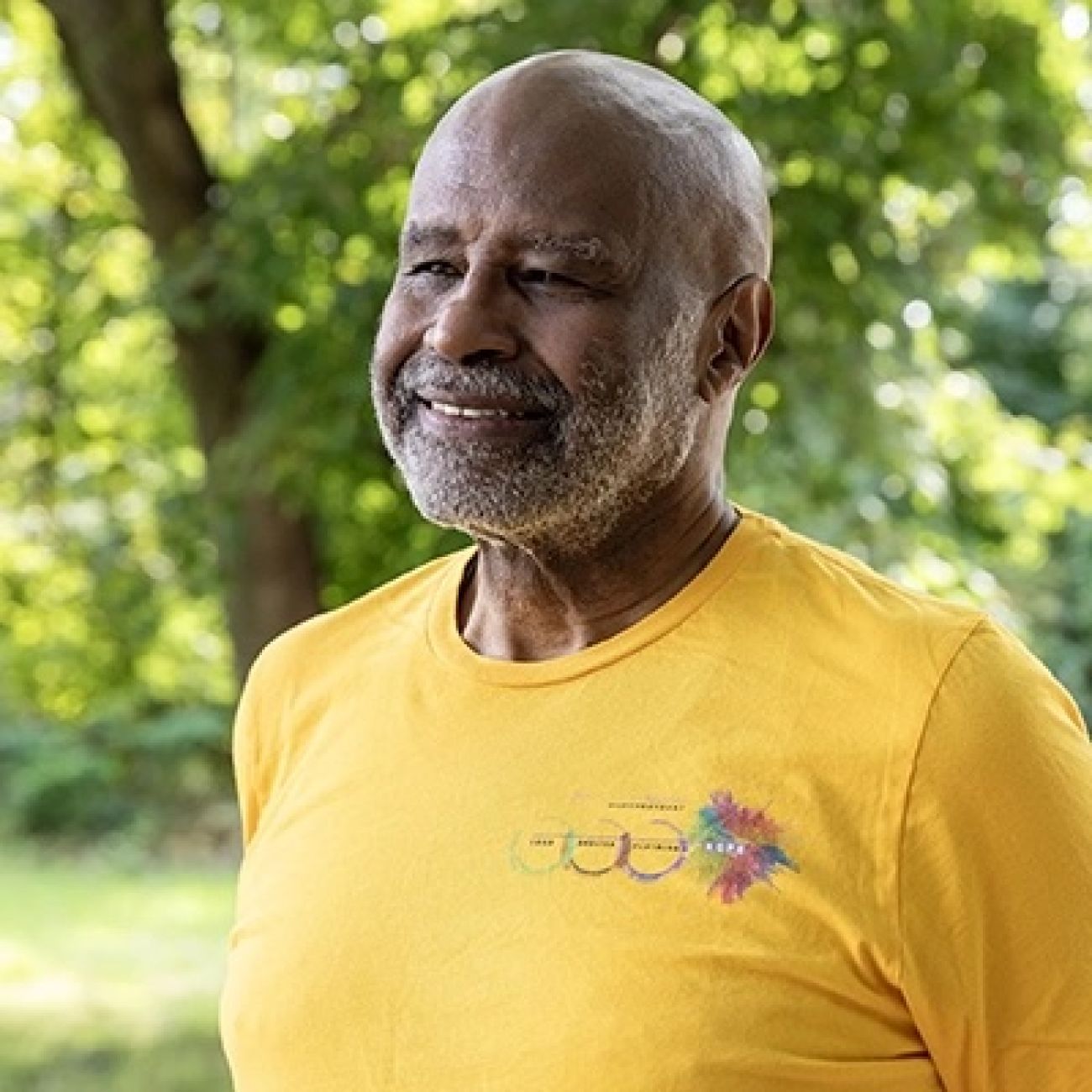
In 2021-22, Michigan had one of the highest absenteeism rates in the nation: nearly 39 percent, compared with 19 percent in 2018-19, the last full school year before the pandemic struck.
The pandemic also derailed the Detroit Public Schools Community District’s progress in reducing absenteeism. After easing to 54 percent in 2019-20, chronic absenteeism rocketed to 77 percent in 2021-22. The rate was down to 68 percent last year, as the district stepped up its attendance efforts, but that still means more than two-thirds of DPSCD students missed 18 or more days of school.
“The schools alone cannot solve chronic absence,” Simmons said in an interview with Chalkbeat.
“It is measured in school. It is counted in school,” he said, but “it does not start and will not be solved alone in school.”
Simmons talked about the challenges and successes of his early grassroots efforts to address chronic absenteeism, the systemic issues that impede student attendance, and where he wants more help to solve the issue.
This interview has been edited for length and clarity.
When did you first recognize student absenteeism as a problem in Detroit?
I didn’t become aware of attendance really as a challenge until I was a pastor at Baber, and we would see kids during the day who’d be out of school. They would just be walking around in the neighborhood. And I remember at community meetings, folks would talk about “Why are there kids all out on the street like this?” That’s what led us to pay attention to school attendance.
We eventually learned about chronic absenteeism through our research with (Detroit education advocacy group) 482Forward. We learned about this from Hedy Chang at Attendance Works and Robert Balfanz from Johns Hopkins University.
And we began to organize around this. And ultimately, Every School Days Counts emerged as a coalition out of that work with 482Forward. This would have been like 2012. And over the course of this time, we got a partnership with Wayne State University and we just began learning. We tried different things.
What was it about seeing kids skipping school that made you want to do something?
It was heartbreaking to me to see these children squandering an opportunity that later in life they’ll have to pay to get. I’ve basically spent my life working for the proper treatment of African Americans, and while it is absolutely essential that we get others to recognize our intrinsic value, it’s also true that we’ve got to do our part.
Why are young people standing in front of my church two blocks away in the middle of the afternoon? They’re passing up one of the biggest free investments available to help them achieve the life that I know they want for themselves. I know they want it, because when I talk to these young people, they have all these high aspirations. They want to live in these great houses, drive these great cars.
Well, if they happen to be 7 feet tall, and can play, and don’t get hurt, maybe they don’t need to go to school. If they can run as fast as Deion Sanders, maybe they don’t. But the truth of the matter is this landscape is littered with great talented people who didn’t get the training to manage their gifts.
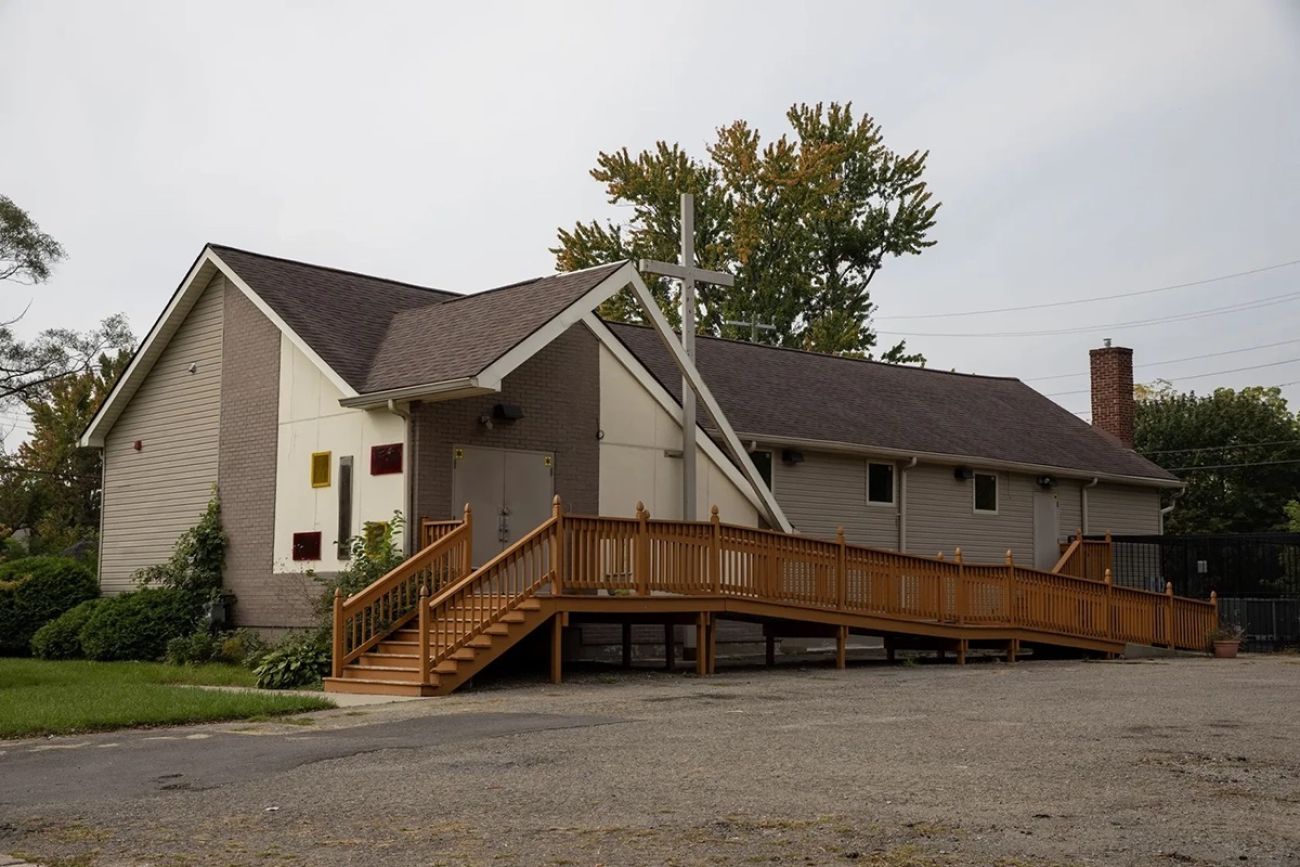
From there, how did you get involved in grassroots efforts around chronic absenteeism? What were some of the early strategies you employed to address student absence?
We mounted this campaign called “‘Present’ in Brightmoor: Our School Attendance Movement” and began to organize around getting parents and churches engaged in this work. And we formed what we call the “Principal’s Table,” made up of principals of all the schools that were in Brightmoor at the time and in Cody Rouge.
When we first got started, we had about seven or eight churches that organized with us. And so we said, we’re going to each adopt a school. And we’re going to take the kids who are absent that the principals tell us about and we’re going to pick them up from home, and we’re going to take them to school, and pick them up and take them home in the afternoon.
We blew out two church buses and my car transmission carrying kids back and forth from school every day. So we realized it was just an unsustainable model. First of all, how many kids are going to fit in your car?
Then when we started to get the numbers back and realized just how many students were absent, it was clear between our burnt-out vans and my burnt-out transmission that we were not going to get anywhere.
So how did things evolve after that point?
Well one of the first things we realized is the data the Detroit Public Schools was passing out didn’t make sense. Back in those days, the statistic being used was average daily attendance.
“All of us were stunned when we first learned that just missing two days a month can make a child chronically absent.” — Larry Simmons
Average daily attendance tells me out of a group of students on any given day, what percentage of them are going to be present in the classroom or in the school. The problem with that is, different students may make up that percentage at any given time. So what you get is this patchwork of attendance. So in seeking to get accurate data, we got online and discovered Attendance Works.
We brought in Hedy Chang to Detroit for a conference of students, parents, and teachers. And over the course of about three weeks is when we learned about chronic absence.
All of us were stunned when we first learned that just missing two days a month can make a child chronically absent, and being chronically absent can lead to them not graduating on time, be more likely to get in trouble, and get excluded from school.
It changed our language and changed our way of thinking. And it turned out that nationally, the U.S. Department of Education had just issued a report on the problem of chronic absenteeism. And so we began to advocate and agitate to have this statistic used in Detroit and Michigan.
We evolved our strategies to try and focus on schools and messaging about chronic absence. We discovered that people didn’t even know what chronic absence was, and some would change their attendance behavior by learning that two times a month would be too often.
When the community first got started promoting this idea, the school system resisted. They didn’t like it, because the chronic absenteeism numbers were so appalling, they just wanted to count average daily attendance, and many of them still do.
It took probably about four or five years for us to win that fight, but ultimately, the state and the city began to use chronic absence as a statistic to evaluate student attendance.
What were some of the lessons you took away from that campaign?
We learned over time that this problem was way bigger than just having people pay attention to the statistics. People may not have known what chronic absence was, but they did know their children are supposed to be in school. There are other things that are operating in the ecosystem.
And we clearly understand that we have to have an all-hands-on-deck approach to solving this problem. The schools alone cannot solve chronic absence.
How do you feel about the recent rise in absenteeism rates?
The disappointing thing is before COVID, all of our work together had started bringing chronic absence rates down. Not transformatively, but significantly, and they were real drops. Not just blips.
COVID has blown all of that work up. We’re actually starting below where we started before. We’re worse off now than we were before. It’s not like we’re back to zero. We’re minus five.
How do you contrast the role of the school versus the role of community partners in addressing chronic absenteeism?
Schools have to be willing to acknowledge that the solution to this problem is beyond their scope of control, and therefore they need other partners to come to the table and bring resources and policy.
I would contend that a school-based challenge is to create the kind of school culture that makes school attractive. Part of our work at Every School Day Counts Detroit is to encourage schools to engage in these kinds of experiences. We had a big event with the Detroit Pistons this past school year where they brought Cade Cunningham and the other athletes to Gompers (Elementary-Middle School). Everybody got a new coat, everybody got a basketball, everybody got a backpack with the Detroit Pistons swag in it.
It creates a connectedness and creates a sense of belonging, and it creates an inviting atmosphere. It doesn’t substitute for rigorous academics, but it does help students want to put up with rigorous academics, because of all the other goodies, benefits, and joys of being present in school.
What sort of discussions or partnerships would you like to see with other organizations in the city?
We have a great partnership with the Detroit Pistons, who have devoted enormous resources and help to address this problem at several schools. DTE Energy also has been a great partner of late. They don’t have anything to do directly with education, but we certainly want somebody like that to be at the table.
We would want labor unions. We would want teachers. We would want the (United Auto Workers). We would want the companies that employ them at the table.
You often hear parents complain that their work schedules don’t permit them to be as attentive to their children’s attendance as they want to be. Changing work schedules or creating flexible work hours is beyond what the school can effect. But maybe the community could effect it.
Maybe labor unions could be brought to the table to say, ‘While you’re negotiating for everything, we need you to ask the companies, be they auto or other, how can we give parents more flexibility in their work schedules? And how can the school create more flexibility in its schedule so students can in fact get to school on time?’ I think it will take both.
We’ve got to come up with some serious structural, systemic solutions that really face the problem that we are confronting. It’s got to take all of us working together to do this — private sector, public sector, philanthropic, clergy sector. It is our responsibility and power to address some of the issues and challenges that cause chronic absence.
What role do you think the city of Detroit can and should play in addressing chronic absenteeism?
We’ve analytically gotten to a place where we really understand chronic absence in Detroit far, far better than we did. It comes from a lot of external drivers that result in children being chronically absent, and the clearest one is poverty.
“One of the things the city could do is to actually plan bus routes around school opening and closing. That’s completely within the city’s scope of power to be able to do now.” — Larry Simmons
Poverty creates certain life conditions. People who are very poor have less stable access to reliable transportation. They have less stable networks to compensate for things like sudden illness or any of the little disruptions that happen in everybody’s life every day when you don’t have as much as folks in higher income categories.
In the case of Detroit, most of its citizens are low-income. So the city should take that into account and either implement or advocate for policies that can address that poverty.
One of the things the city could do is to actually plan bus routes around school opening and closing. That’s completely within the city’s scope of power to be able to do now. That will cause some dislocation, it will cause some struggle, but there’s no solution we’re going to find that doesn’t do that.
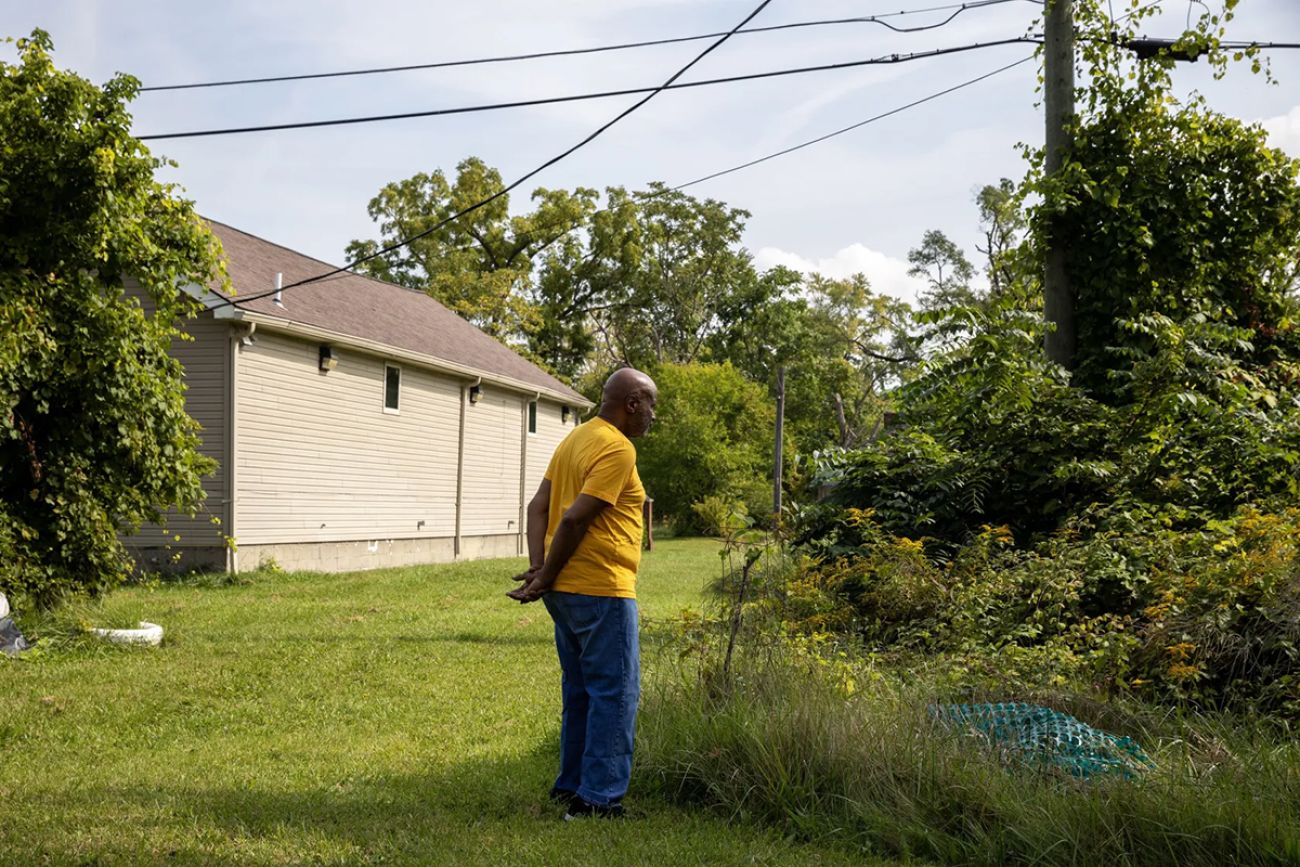
You’ve worn many hats over the years: from being a pastor over the past two decades to working under Mayor Coleman Young as a political director. How do you see all those roles intersecting into the work you do now?
We’re always talking about the same people. The person who comes to my church is the same person whose child should be in school down the street, is the same person who should go to vote for the leadership of our country.
We’re just pretending like we can deal with them separately, like I can abstract you as an object of education, and pretend that’s not connected to your spiritual life, your emotional well being, your political sense, or your economic aspirations. All these things are integrated, they’re interrelated, and so my focus most of my life has been on policy change, the policies that affect our community.
But as I grew older, I understood I couldn’t just talk about the policies that other people make. I’ve got to talk about the policies that we create inside our own houses. If my child gets up and tells me she’s not feeling good, the policy in our house may be that she doesn’t have to go to school. That’s a policy. It doesn’t affect anybody outside the four walls of our house, but nonetheless, it’s a policy.
What keeps you going in this movement?
Even though I now understand that the fight is more complex than I recognized when I first saw this, it’s still just as important.
And unfortunately, as a community, understanding where we are and what it is going to take to get to where we want to be is something we still don’t fully grasp. … We have to break that. And one of the essential ways to break it is to acquire the skill sets to compete in the 21st century economy. And you can get that for free down the street until you’re 18. After that, you have to pay.
So it’s just this fire in my belly that I have for the freedom of my people.
Ethan Bakuli is a reporter for Chalkbeat Detroit covering Detroit Public Schools Community District. Contact Ethan at [email protected].
Michigan Education Watch
Michigan Education Watch is made possible by generous financial support from:
Subscribe to Michigan Education Watch
See what new members are saying about why they donated to Bridge Michigan:
- “In order for this information to be accurate and unbiased it must be underwritten by its readers, not by special interests.” - Larry S.
- “Not many other media sources report on the topics Bridge does.” - Susan B.
- “Your journalism is outstanding and rare these days.” - Mark S.
If you want to ensure the future of nonpartisan, nonprofit Michigan journalism, please become a member today. You, too, will be asked why you donated and maybe we'll feature your quote next time!






